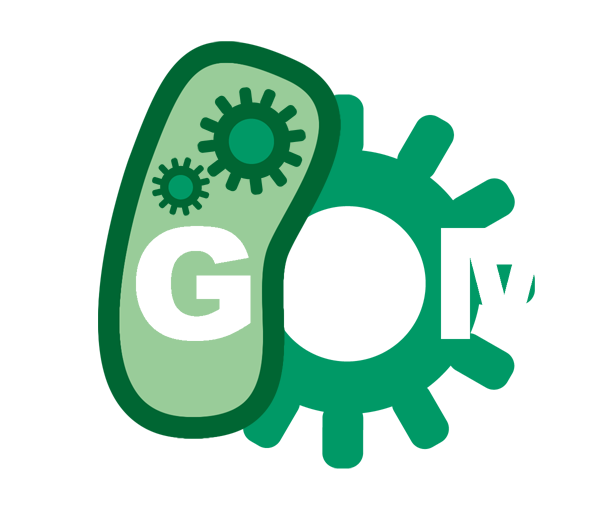-
Asdgfhgjhukjilkmnjhgvfrtyuhjn
-
Title 1
-
Title 1
-
Title 1
-
Title 1
Have you ever thought about breaking down the barriers that prevent people from coming to Synthetic Biology? What if we told you that anyone could be able to program a living being as small as a bacterium? How easy do you think it could be?
SynBio can be very complex due to the expertise required and the economic cost of the labs. This is why the Valencia UPV team has set a goal: to solve all these difficulties in order to bring Synthetic Biology closer to people.
To face this challenge, what do we propose? We intend to design a fully-equipped bioengineering device: Printeria. It will be capable of modifying bacteria to obtain tangible phenotypes, but made as easy to operate as a home printer. In short, a whole cloning process contained in a single device.
But, how does Printeria really work? Printeria includes an extensive collection of promoters, RBS, coding sequences and terminators. Using the Golden Gate Technology, it is capable of assembly these domesticated DNA parts in one-step reaction to obtain different transcriptional units, so that they are expressed in specific bacterial chassis. We achieve this using a digital microfluidic system that is able to create little droplets, which can be controlled across predefined electrode paths on a PCB surface. With this novel system we can mix and move the substrates of the reactions and, definitively, control all biotechnological processes with high accuracy. Anyone who wants to use Printeria will be able to do so through a very intuitive interface that allows the user to select which DNA parts will be assembled. In conclusion, a device that integrates hardware, software and biology.
Our team is convinced that there is still a lot to be done in the SynBio expansion and we want to continue on this direction. Therefore, we are going to work so that Printeria will have a place in fields as diverse as education, laboratories or bio-art.
This is our project. Do you want to join us?




